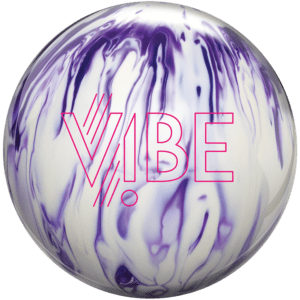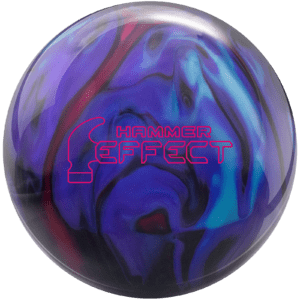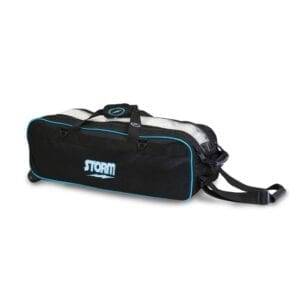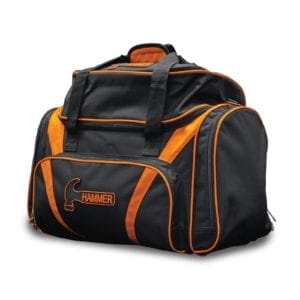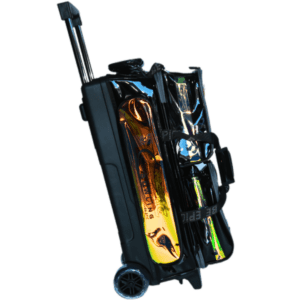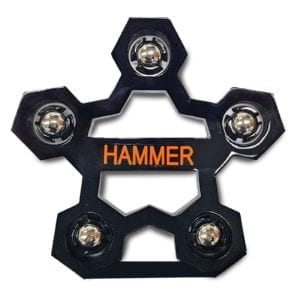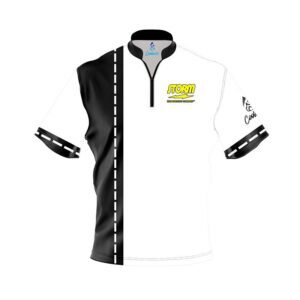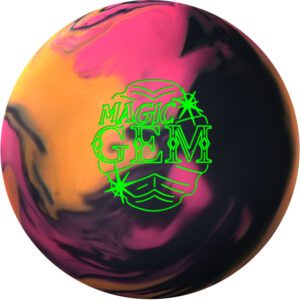Bowling Tips & Coaching Articles, Lane Play & Lane Patterns, Luis Napoles
How A Professional Bowler Attacks A Fresh PBA Pattern vs An Amateur (ME) Part 1
Navigating the Lanes: Pro Tips for Bowling on Fresh Oil
Professional bowling demands a deep understanding of lane conditions and strategic ball selection. When facing a fresh oil pattern, like the challenging 43-foot Earl Anthony pattern, professionals prioritize control and predictability. Chad, a professional bowler featured in the sources, highlights the effectiveness of starting with a urethane ball, specifically the Storm Fast Pitch with a 500 grit finish. While urethane is often associated with shorter patterns, Chad explains that its value lies in its ability to provide a smooth and controlled motion through the heavier oil in the front part of the lane. This approach allows him to create a consistent ball path and avoid early hook, a common pitfall for bowlers on longer patterns.
Amateurs, on the other hand, often struggle to adjust their game to challenging oil patterns. Luis, an amateur bowler in the sources, relies on his trusty Magic Gem, a reactive ball with a 1000 grit finish, to navigate the Earl Anthony pattern. He aims to maintain his usual line, playing the same part of the lane as he would on a house shot. This strategy reflects a common tendency among amateurs to stick with familiar techniques even when facing more demanding conditions. However, this approach can limit adaptability and lead to inconsistencies as the oil pattern changes.
As the oil pattern transitions, both professionals and amateurs must adjust their strategies. Chad considers reducing his ball speed to enhance the shape created by his urethane ball, while Luis prepares to switch to a stronger ball like the Summit or the Phase 2 to combat the drying lane conditions. This phase of the game highlights the importance of reading the lane and making subtle adjustments to maintain control and scoring potential. By understanding the nuances of oil patterns and ball reactions, bowlers of all skill levels can improve their game and conquer challenging lane conditions.
Roto Grip Magic Gem Bowling Ball
Recognizing the unparalleled success achieved by bowlers of diverse skill levels worldwide with the Gem line, we deemed it crucial to create a distinctive and flawless follow-up installment. It didn’t take long for us to realize that by incorporating the exceptional attributes of both previous Gem releases, the MicroTrax Hybrid had emerged as the pivotal element, elevating this creation to uncharted beauty.
We fine-tuned the precise ratios for each chemical element, perfectly complementing the blended nanoparticles infused within the coverstock. This critical step ensured the ball’s triumphant conquest of even the toughest Medium/Heavy Oil conditions.
In summary, the Magic Gem excels at generating skid in the front part of the lane, while the Defiant LRG showcases its dominance by gripping the midlane and delivering the most formidable continuation among high-end asymmetric pearl balls available in today’s market.
DEFIANT LRG CORE
After recent in-depth studies on flare migration and core tendencies, we revisited the Defiant Series of bowling balls. This series had featured a core that was ahead of its time in terms of flare migration, resulting in a longer, more consistent motion. Upon further evaluation and testing, we discovered that modifying the composite of this core shape allowed us to create the DEFIANT™ LRG CORE. This newest core offering provides the fastest revving, strongest continuing, and lowest RG asymmetrical core in the history of our products.
| BRAND | |
|---|---|
| BOWLING BALL CORE SHAPE | |
| BOWLING BALL CORE NAME | |
| BOWLING BALL COVERSTOCK TYPE | |
| BOWLING BALL COVER NAME | |
| RADIUS OF GYRATION: RG (15LB) | |
| DIFFERENTIAL: DIFF (15LB) | |
| MASS BIAS STRENGTH | |
| FLARE POTENTIAL | |
| SURFACE FINISH | |
| BALL LANE CONDITIONS | |
| BOWLING BALL COLOR | |
| BALL PERFORMANCE LEVEL | |
| BALL WEIGHT | |
| SCENT | |
| RELEASE DATE |




